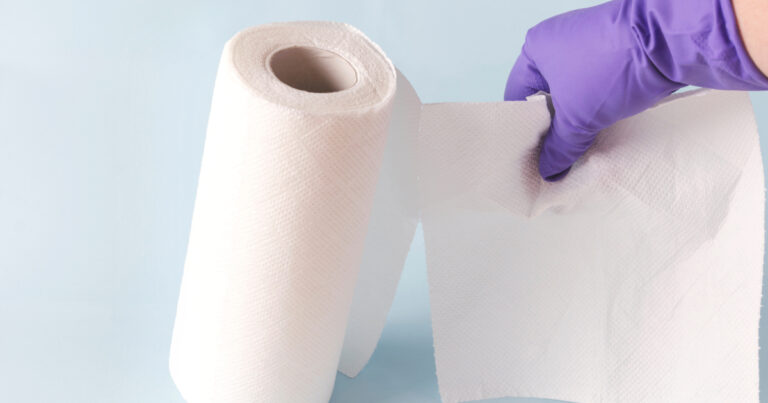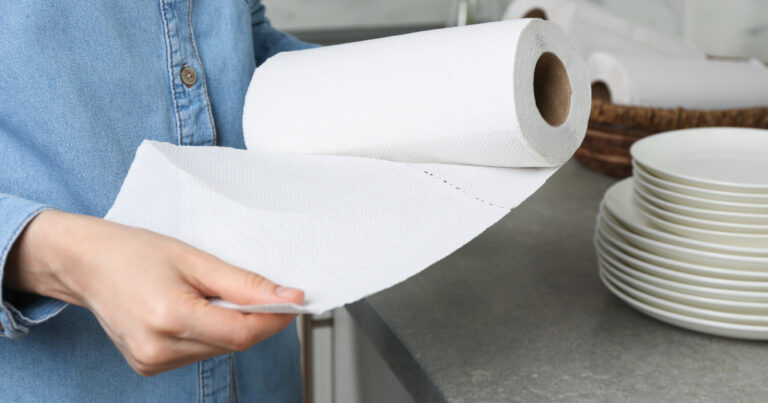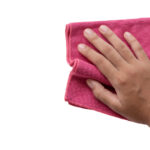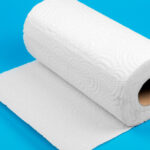You’re heading to the beach or pool for a fun day in the sun.
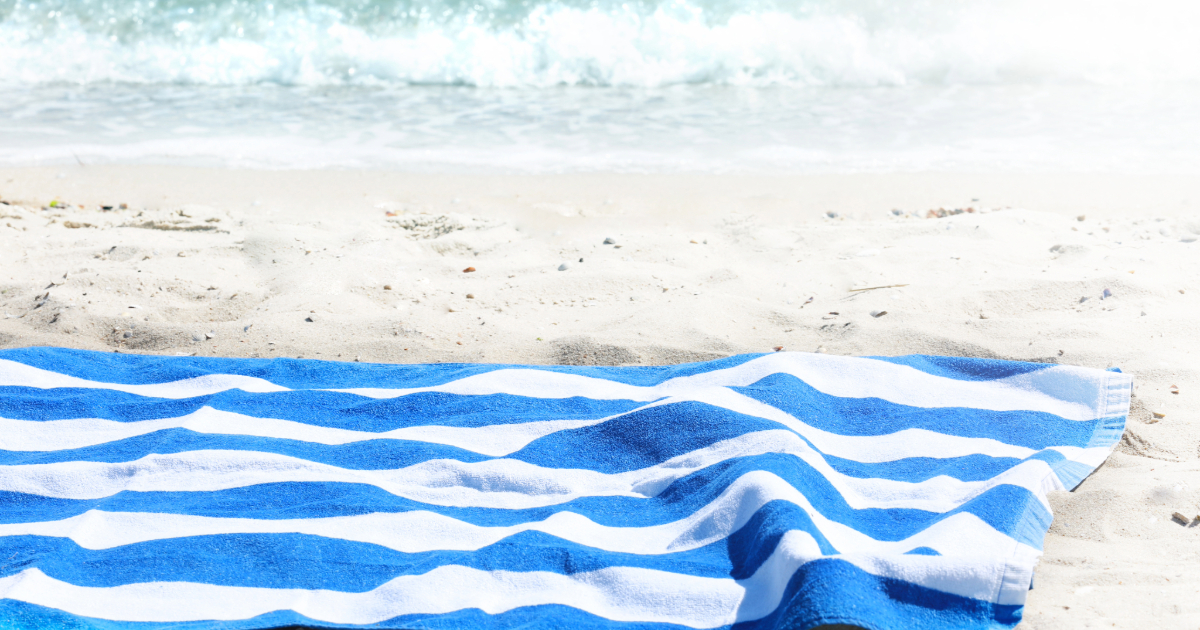
As you pack up your bag with sunscreen, snacks, and other essentials, you reach for a towel to throw in too.
But which towel do you choose – a regular bath towel or a special beach towel?
Size Matters
One of the most noticeable variances between beach and regular towels is size. Beach towels tend to be much larger, often measuring 30-40 inches wide and 60-70 inches long. Comparatively, a standard bath towel generally ranges from 27-30 inches wide and 52-60 inches long.
The expansive size of beach towels gives you ample room to spread out and lounge on the sand or grass. The larger surface area also means better coverage for your body. If chilling in a lounge chair or on a beach blanket, you can easily wrap the huge towel around yourself. Regular towels simply don’t provide the same level of coziness and coverage.
Additionally, oversized beach towels give you space to lay out all your stuff – phone, book, sunscreen, snacks, etc. – while still having room to dry off. You can also shake sand off the towel without getting it all over your other belongings.
Key Takeaway: Beach towels are much larger than regular towels, giving more space to lounge and lay out items.
Absorbency Differs
Another key distinction is absorbency. Bath towels are specifically designed to soak up lots of moisture in a short period of time. They use thick, quick drying materials like cotton to rapidly pull water into the fibers. This comes in handy when stepping out of the shower or tub all dripping wet.
In contrast, beach towels don’t need to be quite as absorbent since people aren’t soaking wet. The towels see lighter moisture from ocean spray, rain showers, splashing kids, etc. For this reason, many beach towels use thinner cotton, microfiber blends, or even linen materials. While still absorbent, they are made to dry swiftly after getting lightly damp.
The other absorbency consideration relates to getting towels clean. All that sand and saltwater can really do a number on fibers. Beach towels need to release moisture fast when laundered so they don’t stay perpetually damp with water logged materials. Quick dry capabilities are key!
Texture Trends Softer
Move beyond absorbency, and you will notice beach and bath towels have different textures too. Most household towels use plush cotton that feels soft and fluffy. You want that cushy feel when stepping out of the bath or shower and wrapping it around your body.
Beach towels tend to have a flatter, smoother surface by comparison. Many use thinner cotton or cotton/synthetic blends to create sleeker and silkier textures. Some are even made of linen or microfiber for an ultra soft touch. The lighter feel makes lounging on the towels for hours comfortable without getting overheated. Less fluff also makes shaking out sand easier.
The choice between plushy versus smooth boils down to personal preference. If you want luxury, go for super soft beach towels. If you want scrubby absorbency, stick to regular bath towels.
Design Showcases Personality
When you compare stacks of beach and bath towels, the design aesthetic will look completely different. Beach towels are splashed with bright colors, bold prints, and playful patterns. The fun graphics reflect the carefree, summery vibe of being seaside.
By contrast, most bath towels use solid colors or simple border patterns. These modest designs blend with most bathroom decors year round. The colors tend to be muted too – white, beige, gray, or brown.
Ultimately, beach towels showcase personality and vibrancy while bath towels take a more basic, coordinate-with-anything approach. Choose beach towels to make a stylish fashion statement poolside. Pick bath towels when you need simple spa decor.
Weight Matters For Portability
Think about lugging your towel around all day – across hot sand, on public transit, over long walks. No one wants to schlep heavy gear. This is why bulk comes into play when comparing beach and bath towels.
Being made of lighter materials, beach towels are intentionally designed with weight in mind. Most use quick-dry, thinner fabrics that don’t weigh a ton even when holding moisture. This keeps them easy to transport back and forth from the water. No one wants to wrangle a 20 pound sopping wet towel in the heat!
Plus, the compact size when folded makes beach towels fit nicely into a bag with the rest of your stuff. Taking a bulky bath towel that eats up your whole tote space simply won’t work. Ultimately, portability matters for hassle-free beach days.
Durability Differs Over Time
Think about how often beach and bath towels get used – and what they go through. From this lens of wear and tear, durability differs quite a bit. Bath towels probably get thrown in the laundry after a few uses, limiting exposure to grime that deteriorates fibers. Beach towels endure sand, sun and saltwater day after day.
To withstand harsh elements, beach towels require burlier construction. Many brands use specialized techniques like canvas binding around the edges or reinforced stitching throughout. These finishing touches prevent fraying or tearing – even after tons of washes.
Understanding the durability factor will dictate which towel suits your lifestyle. If you just need a bath accent that gets light use, a basic towel will do. But if you want a towel that survives countless summers by the shore, upgrade to an ultra durable beach towel.
Cost Varies Greatly
With all the extra fabric, design details, durability measures and custom materials – beach towels simply cost more to produce. When comparison shopping, the price tag quickly clues you in on whether a towel is best suited for bath or beach.
On the low end, basic bath towels ring up around $5-10 dollars each. The no frill, standard cotton construction keeps manufacturing simple and affordable. Beach towels utilizing special fabric blends, expansive sizing and durability reinforcing fetch $30-50 per towel instead. Luxury beach towel brands with trendy designs can go upwards of $100!
In the battle of beach towel vs regular towel, the price accurately reflects key differences in quality. Yet for casual pool and shore use, affordable towels often suffice. Save the investment pieces for dedicated beach bums and pool devotees that require top notch performance.
Key Takeaway: Beach towels demand higher prices due to larger sizing, custom materials and durability enhancing construction.
FAQs
Can I use a beach towel after I shower instead of a regular bath towel?
While beach towels work fine for drying your body after bathing, they may not provide the same plush feel and moisture absorption as traditional bath towels. You also need much more storage space to stock oversized beach towels.
Is it OK to substitute my bath towels for beach towel use?
In a pinch, you can take regular cotton bath towels to the shore or pool instead of specialty beach towels. Just know the smaller size won’t allow you to lounge comfortably. And the thicker cotton will retain moisture longer while promoting sand adhesion.
Should I buy separate towels for bath versus beach use?
Having designated towels for bath and beach does ensure you have the right materials and construction suited for each setting. Yet if your budget doesn’t allow for buying multiples, quick-dry cotton bath towels can pull double duty.
What’s the best way to remove odor from my used beach towels?
The combination of moisture, heat and bacteria from dirty swim gear breeds odor over time. Always allow beach towels to fully air dry after use. Then wash towels in hot water with either lemon juice, borax powder or white vinegar to kill bacteria and lift stains. Avoid using fabric softener as this coats fibers and traps smells.
How can I prevent my beach towels from getting crusty and stiff?
Rinse off towels thoroughly after beach/pool use to eliminate lingering salt, chlorine and mineral deposits left behind. Allow towels to dry completely before laundering – mildew and stiffness come from washing damp textiles. Wash in hot water too to fully purge irritants. Skip the fabric softener so towels maintain breathability.
Conclusion
When prepping for fun and sun beach days, don’t just grab any old towel.
Understanding the key differences between beach towels and regular bath towels means you pick the right tool for the circumstances.
Size, absorbency, texture, design and durability all impact a towel’s performance by the water.



